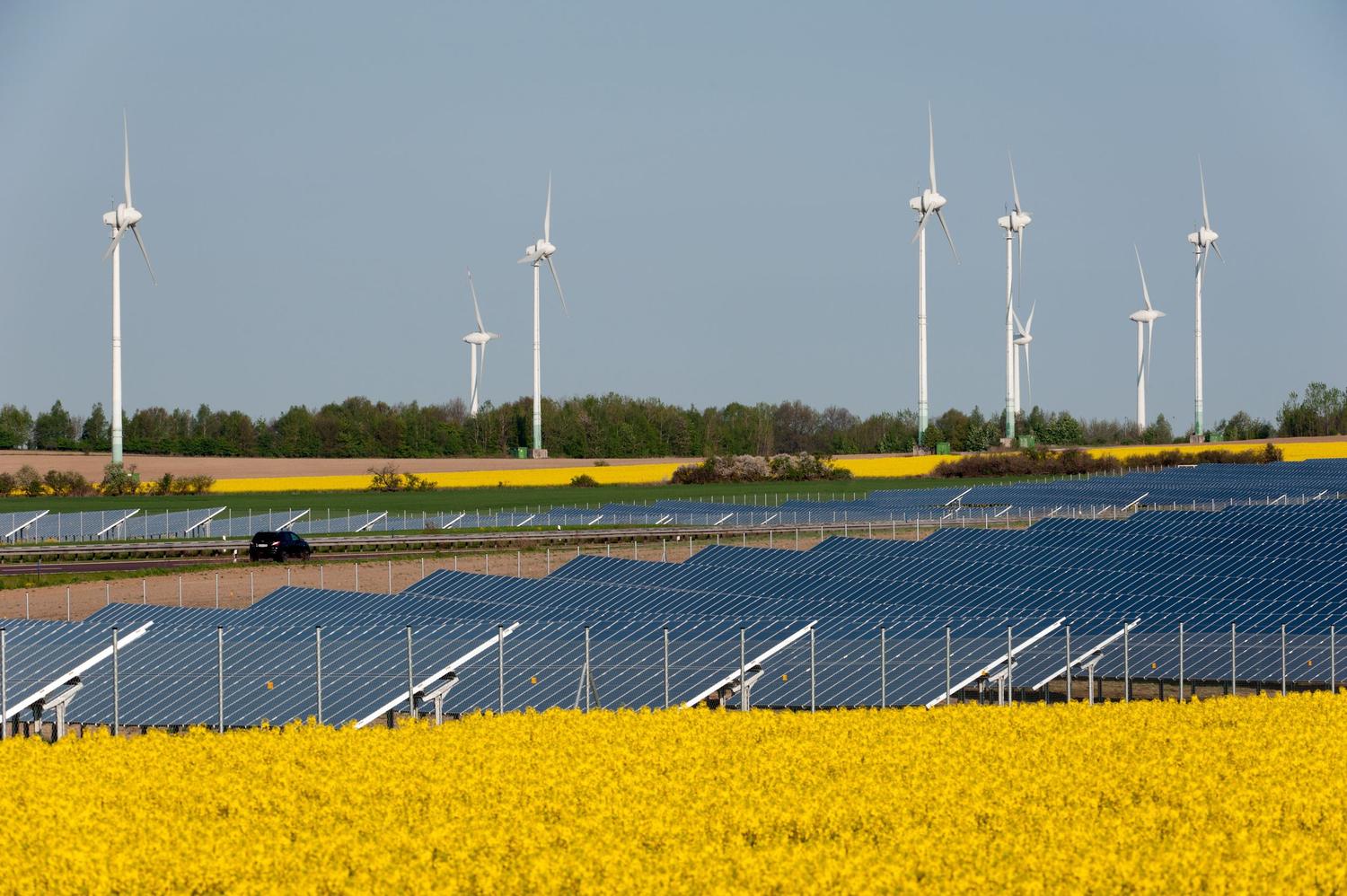“Technology forcing is a regulatory strategy that establishes currently unachievable and uneconomic performance standards to be met at some future point in time. ... Basically, technology forcing sets regulatory standards and provides incentives for achieving the standards or disincentives for not achieving them.”
The setting of technology forcing standards typically is based on a specific technology or technologies believed capable of enabling the standards to be achieved within the required timeframe. However, picking winners and losers from among unproven technologies by government bureaucrats with little or no experience in technology development and manufacturing is fraught with risk. Two recent examples of this risk in the solar energy field are Solyndra and Crescent Dunes (Tonopah).
One key risk with such failures is the massive, dedicated project funding, which can deprive other worthy projects of focus and funding. Another is the emotional investment on the part of the project funding organization, which frequently causes the failure to drag out over time and causes the funding organization to look negatively upon potentially competing technologies which might be achieving greater technical and economic success.
Another significant risk is that the selected technology might achieve the technical project goals, but at far higher cost than had been projected. A related risk is that other technologies being pursued in parallel might achieve higher performance or lower cost, or both. This was at least part of the cause of the Solyndra failure.
Yet another risk results from unforeseen operational issues. This risk contributed to the Tonopah failure, as operational interruptions allowed the molten salt used as the storage medium to solidify in the storage system components, leaving a very difficult recovery challenge. The Ivanpah solar power tower, which does not incorporate thermal energy storage, requires the use of natural gas to start the boilers each day, which are then heated by the concentrated solar energy.
Finally, there are environmental risks with solar power towers, sometimes known as “rapid raptor roasters”. Bats and birds, including large raptors, are incinerated when they fly through the concentrated solar energy beams aimed at the central boiler. Some of these birds are federally protected, but no approach to preventing their passage into the solar beam has been developed. This issue also affects wind turbine generators, sometimes known as “rapid raptor choppers”. While many environmentalists are concerned about these bat and bird kills, they are reluctant to be too vocal about the two technologies viewed as the path to elimination of fossil fuels in power generation.
The expansion of wind generation into more populated areas has raised concerns about the low frequency “beating” noise produced by the turbines and the associated vibration. Citizen resistance to industrial wind farms is growing, delaying or preventing their installation. This issue and others are refocusing interest on offshore wind systems, which offer the potential of higher power output per generator. However, the height of the wind turbine mountings and their distance offshore leaves them visible from the shore, raising economic concerns in beach resorts. There are also unanswered questions regarding the survivability of offshore wind turbines along the US Atlantic and Gulf coasts, which are subject to hurricane force winds and high seas. It now seems likely that one or more offshore wind farms will be developed before these questions are answered.
History has clearly demonstrated that the shorter the timeframe allowed for compliance, the higher the cost of compliance, as immature technologies are rushed into service. The current 14 year timeframe for compliance with net zero emissions regulations for power generation is a very short time to achieve the massive realignment of this critical energy sector.
